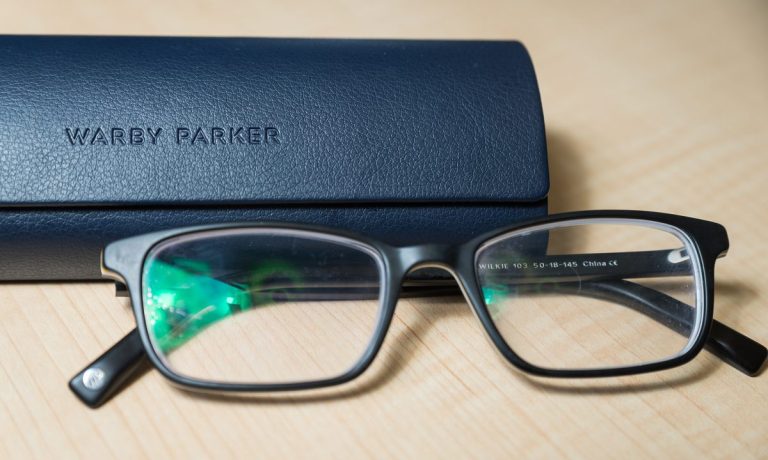Warby Parker: Solid Business, Shaky Stock

To put it mildly, Warby Parker’s first six months as a public company have been a disaster.
From a peak of $60 in early October shortly after its much-hyped trading debut, to its present price that has now slipped below $23, the New York-based eyewear retailer has fallen 60%, torching more than $4 billion in market value along the way.
Thursday morning (March 17), the company’s Q4 results and forecast have done little to change that trajectory or the minds of investors who continue to flee from a company that not long ago was touted as a darling of D2C disruption that had big plans to expand its base of physical stores.
Although the company’s Q4 sales grew 17% to $132 million, the costs associated with building out its brick-and-mortar location alongside its original free “Home Try-On” direct-to-consumer business saw it finish the quarter with a $45 million loss.
At the same time, while Warby is projecting 20% to 22% revenue growth this year, analysts and investors had been looking for a 25% increase in sales, and subsequently delivered another round of selling that saw the stock fall as much as 20% in pre-market trading before rebounding.
“In terms of the [full year revenue guidance] for 2022, we attribute roughly $15 million of lost business in Q1 from Omicron, which accounts for roughly three full points of growth and gets you from our [prior] 25% guide down to 22%,” Warby CFO Steve Miller said on the company’s webcast, noting that it had taken conservative assumptions as to how long it will take stores to return to 100% productivity.
According to Co-founder, Co-CEO and Co-Chair Neil Blumenthal, the recovery of Warby’s urban stores is running about 15 points behind what it is seeing at its suburban locations, neither of which are at full productivity yet.
Part of the lag, Blumenthal said, is due to slow implementation of return-to-office policies, but he expects that to change soon, likening it to Warby’s own policy which will see employees called back to work at its New York headquarters starting April 5 for a mandatory three of five work days.
“Our urban stores have been impaired, not just because of reduced office worker traffic, but in many neighborhoods, reduced tourism as well that we also anticipate will rebound,” Blumenthal said. “So we do anticipate that their urban stores will return to full productivity at a slightly slower pace than our suburban locations.”
In addition, Warby said it planned to open 40 more locations this year, 25 of which will be done in the second and third quarters, as the company looks to acquire new customers and drive average spending, which was up 13% to $246.
Pricing Power
To be sure, since its original days in 2009, Warby Parker has always stood for value and an ability to deliver custom eyewear at a fraction of the cost that designer frames and optical boutiques typically charge.
“You’re talking anywhere from $600 to $1,200 [less], depending on the retailer,” Miller said. “So we believe that there still continues to be a tremendous pricing advantage that we offer,” he added.
Even though the appeal of a basic pair of glasses for $95 is clear for lower end and increasingly stretched consumers, Warby said its customers still skew more affluent and frequently come in from higher priced competitors versus deep discounters.
“We have not seen significant competitive pressure from the lower end of the market,” Blumenthal said. “We think in this inflationary environment, our pricing power just becomes more and more competitive and compelling to our customers,” he added.